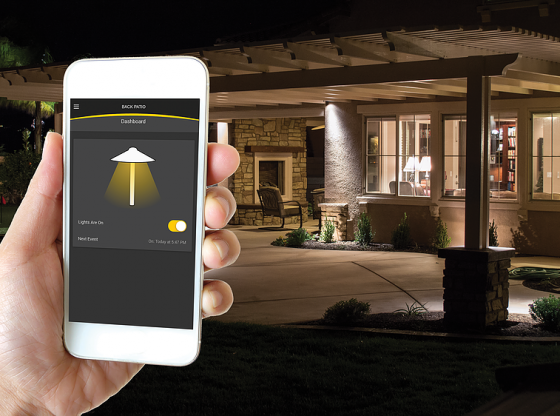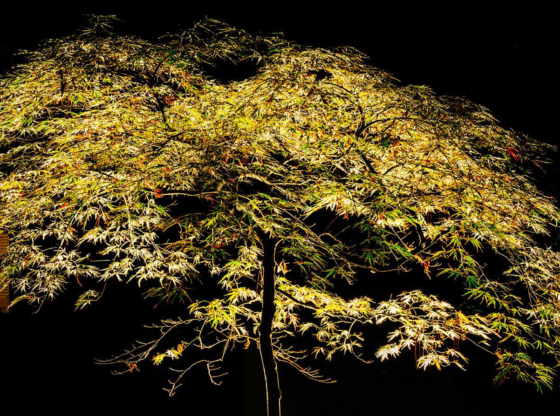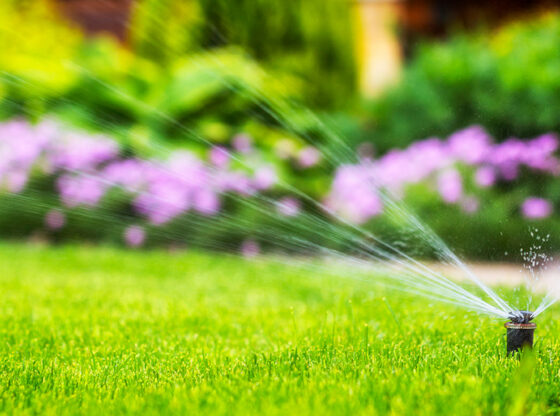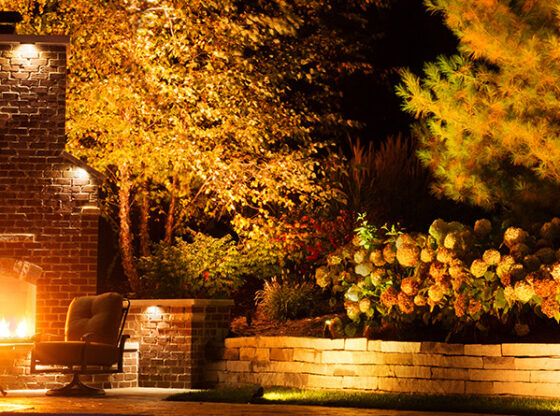There are more details to landscaping than most people realize. A homeowner or that person on the sidewalk thinks you are just blindly picking a mulch and laying a random patch of turf you found. As you know, the environment, homeowner’s wishes and the budgets all come in play. Making your job even more difficult, a study was recently conducted on trees.
Every inch of a yard counts. Urban areas are becoming more and more tight, forcing landscapers to think more about space conscious landscaping features. Adding a new tree to a cramped space can grow into a maintenance nightmare. The goal in a project is to create a functional and enjoyable space for a homeowner, not create problems for them later on.
The Research to Help
The U.S. Forest Service’s Pacific Southwest Research Station recently published a technical manual and launched the most extensive database available cataloging urban trees with their projected growth tailored to specific geographic regions. Knowing a tree’s maximum size can avoid future conflicts between roots and sidewalks or branches and power lines.
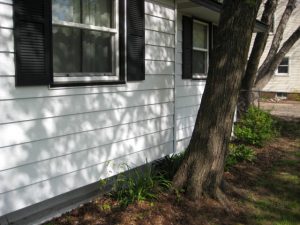 This production is based on 14 years of work, analyzing more than 14,000 trees across the United States. Many benefits come from this study. Although studies have been conducted in the past, those growth models featured only a few species specific to a given city or region. The new database features 171 distinct species across 16 U.S. climate zones. The trees studied also spanned a range of ages with data collected from a consistent set of measurements. The projected growth dimensions for the model are statistically proven accurate.
This production is based on 14 years of work, analyzing more than 14,000 trees across the United States. Many benefits come from this study. Although studies have been conducted in the past, those growth models featured only a few species specific to a given city or region. The new database features 171 distinct species across 16 U.S. climate zones. The trees studied also spanned a range of ages with data collected from a consistent set of measurements. The projected growth dimensions for the model are statistically proven accurate.
Beyond just calculating a tree’s diameter or age to determine expected growth, the research also incorporates 365 sets of tree growth equations to project growth. The manual provides species-specific data on the amount of foliage, which is critical to projecting the intake of air pollutants.
Keeping the user in mind, the model has been written in a way to be accessible to non-technical users. The technical report gives step-by-step instructions on how to use the equations to calculate tree dimensions, biomass, carbon storage and other features of interest to urban foresters.
Why Do You Care?
With space becoming less and less, this model can help landscapers make the most out of the natural resource. Planting a tree that is not in the right environment for its growth can mean pipe damage. By becoming more conscious of the urban trees you plant, you can avoid the root hassle later on if a homeowner adds in an irrigation or other drainage systems.


